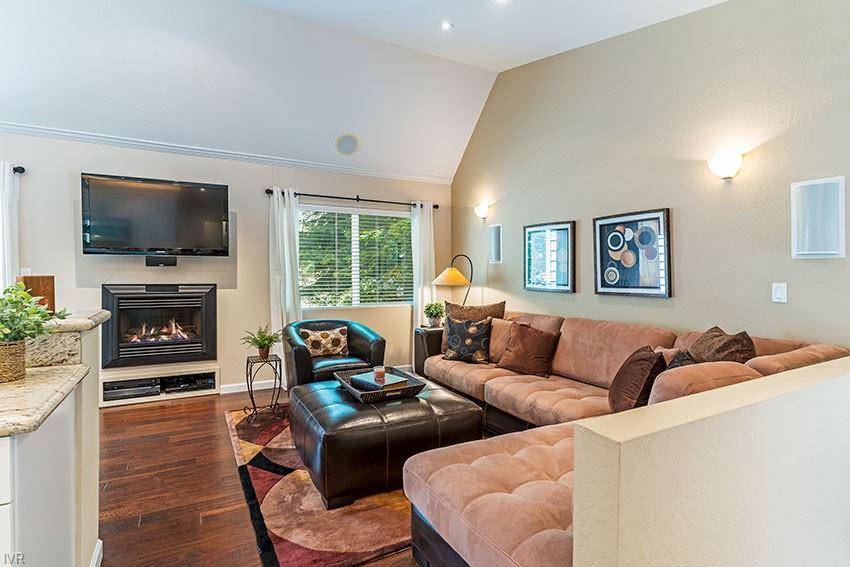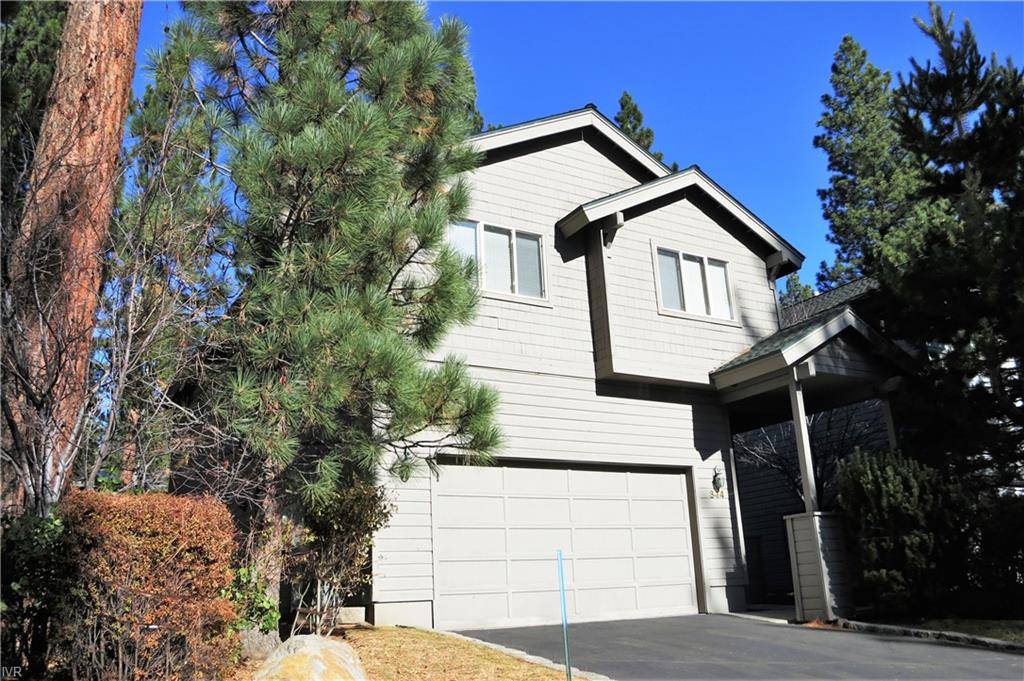The single most important factor to consider when selling a house is the home price tag: how much your house is worth. If you overprice the home you will lose the freshness of the home’s appeal after the first two to three weeks of showings. In about a month, demand and interest wane. While pricing it under market value may bring you multiple offers and drive up the price to market, it may also bring you lowball offers or make the buyer think that there is something terribly wrong with the home. Pricing is all about supply and demand. It’s part art and part science, and no two agents price property the same way.
Pull Comparable Listings and Sales
· Look at every similar home that was or is listed in the same neighborhood over the past 6 to 12 months.
· Pay attention to neighborhood dividing lines and physical barriers such as major streets, freeways or railroads, and do not compare inventory from the “other side of the tracks.” Also keep in mind the location, setting and views of the home. In Lake Tahoe and specifically in Incline Village, homes prices may fluctuate by the hundreds of thousands or even millions, even if they are located on the same street. A lakefront home will be millions more than a home across the street, or a home may have a better lake view than their next door neighbor.
· Compare similar square footage, within 10% up or down from the subject property, if possible.
· Similar ages. One neighborhood might consist of homes built in the 1970s next door to another ring of construction from the 1990s. Values between the two will differ. Compare apples to apples.
Sold Comps
· Pull history for expired and withdrawn listings to determine whether any were taken off the market and relisted. If so, add those to these listing time periods to arrive at an actual number of days on market.
· Compare original list price to final sales price. Many homes go through numerous price reductions.
· Compare final sales price to actual sold price to determine ratios.
· Adjust pricing for lot size variances, configuration, views and amenities / upgrades.
Withdrawn & Expired Listings
· Look for patterns as to why these homes did not sell and the common factors they share.
· Which brokerage had the listing: a company that ordinarily sells everything it lists or was it a discount brokerage that might not have spent money on marketing?
· Think about the steps you can take to prevent your home from becoming an expired listing.
Pending Sales
· Since these are pending sales, the sales prices are unknown until the transactions close. Agents should not disclose the sales price until it closes, but they can give you an idea of whether the sales price is close to the asking price.
· Make note of the days on market, which may have a direct bearing on how long it will take before you see an offer.
· Examine the history of these listings to determine price reductions.
Active Listings
· These matter only as they compare to your listing, but bear in mind that sellers can ask whatever they want.
· To see what buyers will see, tour these homes. Make note of what you like and dislike, the general feeling you get upon entering these homes. If possible, recreate those feelings of reception in your own home.
· These homes are your competition. Ask yourself why a buyer would prefer your home over any of these and adjust your price accordingly.
Square Foot Cost Comparisons
· Remember that after you receive an offer, the buyer’s lender will order an appraisal, so you will want to compare homes of similar square footage.
· Appraisers don’t like to deviate more 25% and prefer to stay within 10% of net square footage computations. If your home is 2000 sq. ft., comparable homes are those sized 1800 to 2200 sq. ft.
· Average square foot cost does not mean you can multiple your square footage by that number unless your home is average sized. The price per square foot rises as the size decreases and it decreases as the size increases, meaning larger homes have a smaller square foot cost and smaller homes have a larger square foot cost.
Market Dependent Pricing
· After you have collected all your data, the next step is to analyze the data based on market conditions. During a real estate downturn or in a buyers market is not the time to “test the market” and price too high. Just because your neighbor sold his house a year ago for a bundle doesn’t mean your home is worth that today. Price it at or just under what your neighbor sold at.
· In a seller’s market, you might want to add 10% more to the last comparable sale. When there is little inventory and many buyers, you can ask more than the last comparable sale and likely get it. However, pay attention to the number of showings and buyers’ feedback to re-evaluate pricing if you do not receive and offer or
if the home doesn’t get a lot of showings.
Your home’s price is its first impression. Making it attractive is the first step towards a successful sale.







